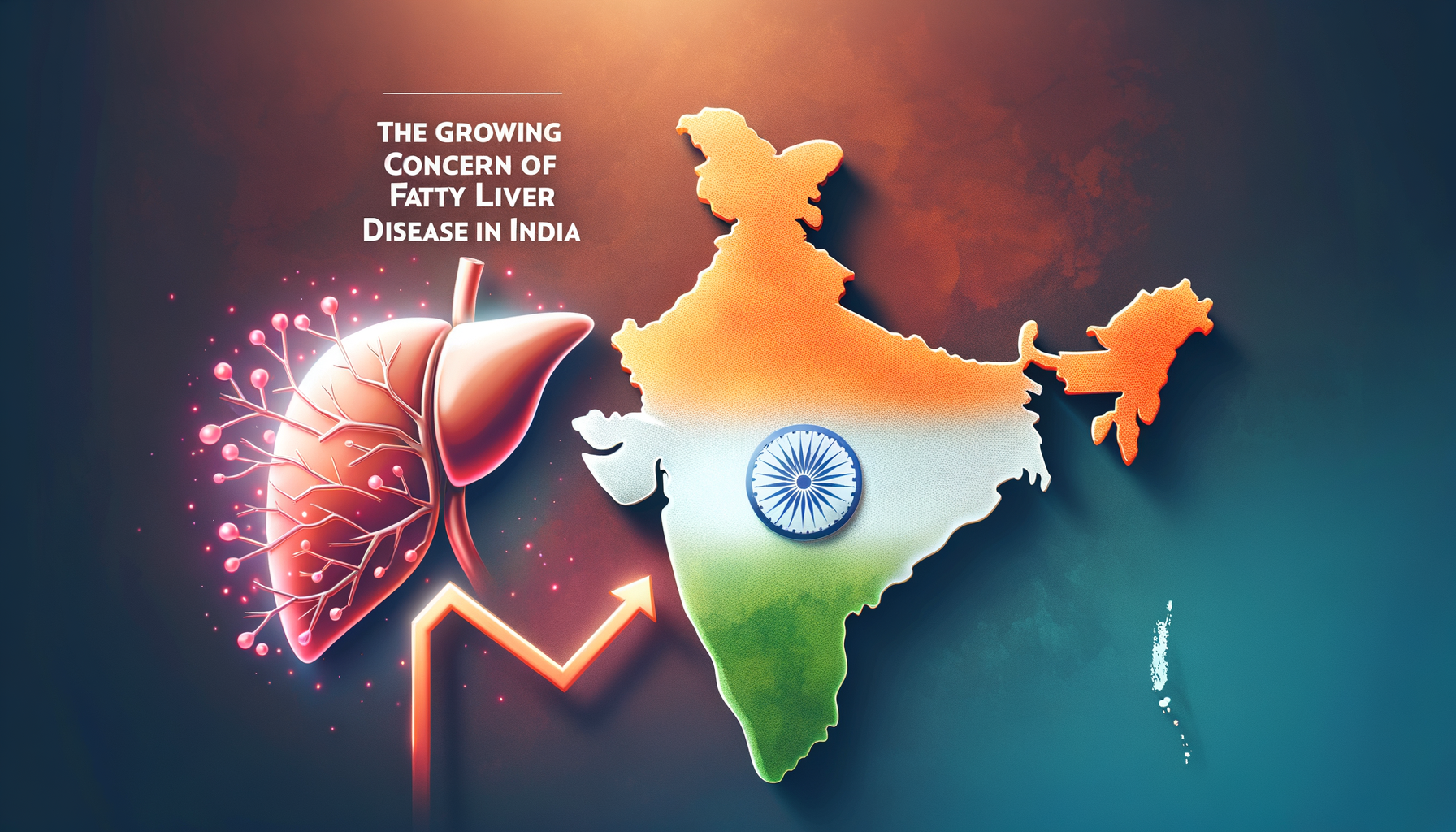The Growing Concern of Non-Alcoholic Fatty Liver Disease in India

An under-reported health crisis is silently unfolding in India, with a staggering 38.6% of the population affected by fatty liver, or non-alcoholic fatty liver disease (NAFLD). This condition is characterized by the undesired buildup of fat in liver cells and has become a leading concern for public health experts. NAFLD can progress to more severe liver damage, such as non-alcoholic steatohepatitis (NASH), cirrhosis, and even liver cancer, often requiring advanced medical intervention and potentially liver transplantation.
Understanding the Implications of NAFLD
In India's rapidly evolving lifestyle landscape, the prevalence of NAFLD is a worrying trend. A sedentary lifestyle, poor dietary habits, and a rise in obesity rates contribute to this silent epidemic. While the disease is often asymptomatic in its early stages, it can gradually impair liver function, leading to various complications that significantly impact the healthcare system and the economy.
Economic and Healthcare Consequences
The economic burden posed by NAFLD is profound. As more individuals require treatment for advanced liver conditions, the demand on healthcare resources grows, putting pressure on both the public and private sectors to provide adequate care. Moreover, the condition's indirect costs, including productivity loss and the societal impact of liver disease-related morbidity and mortality, are substantial.
Preventive measures and early detection play a crucial role in managing NAFLD. Lifestyle interventions, such as improved diet, weight management, and regular physical activity, are among the most effective strategies in fighting this condition. Public awareness campaigns and health policies geared towards early diagnosis and lifestyle modification are critical to curbing the spread of NAFLD in the Indian population.
health, epidemic, NAFLD